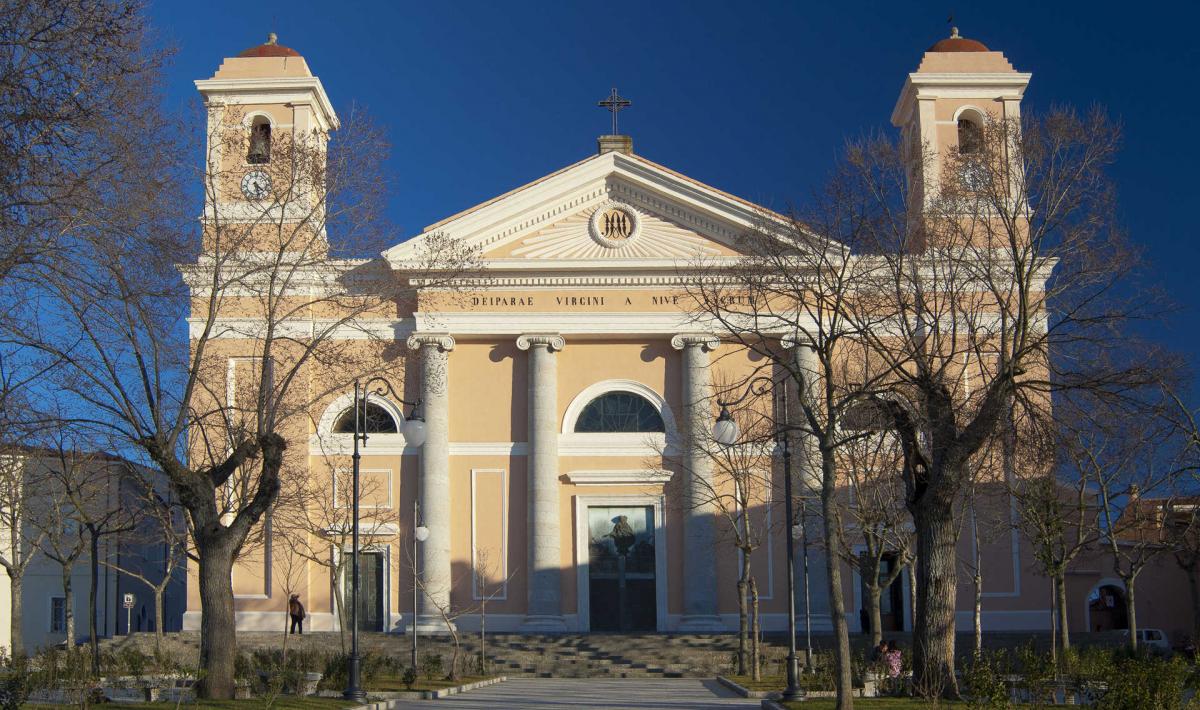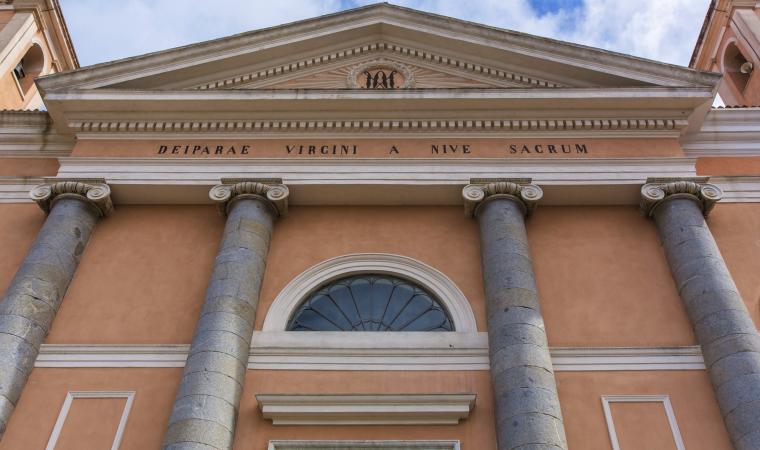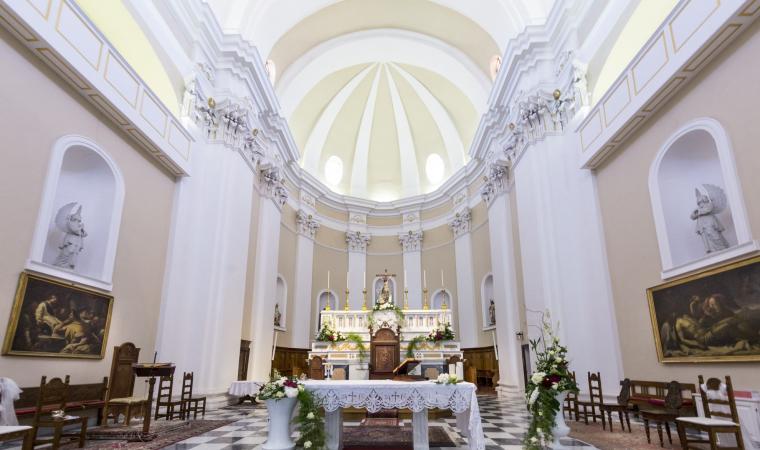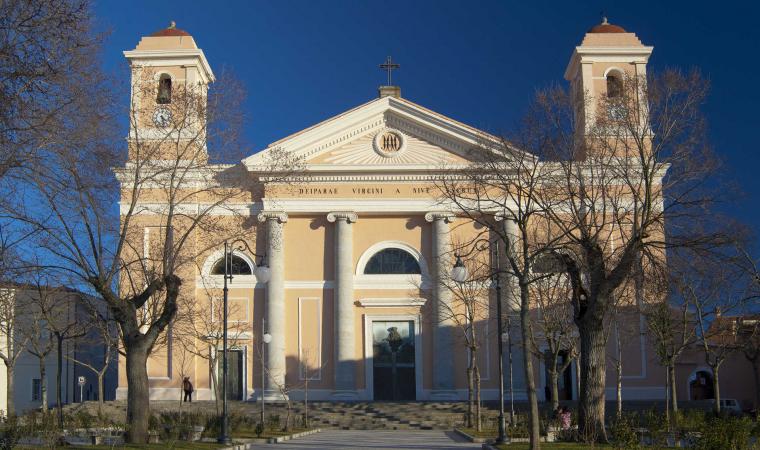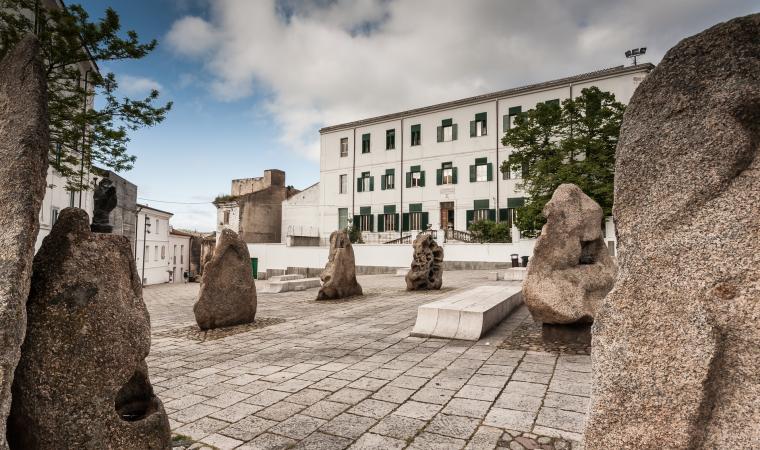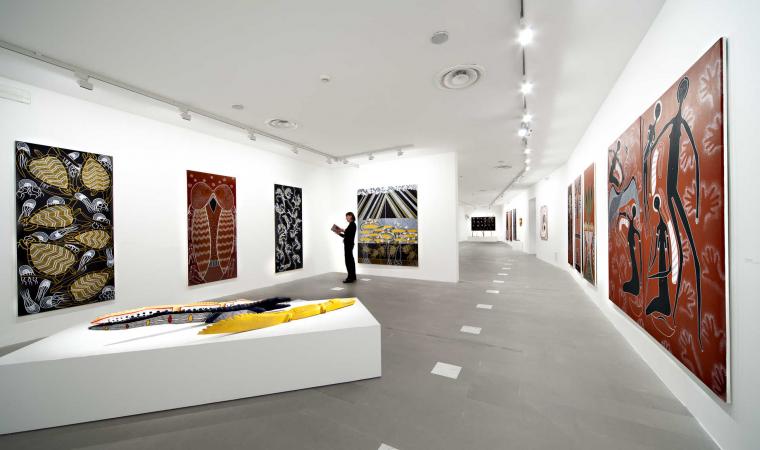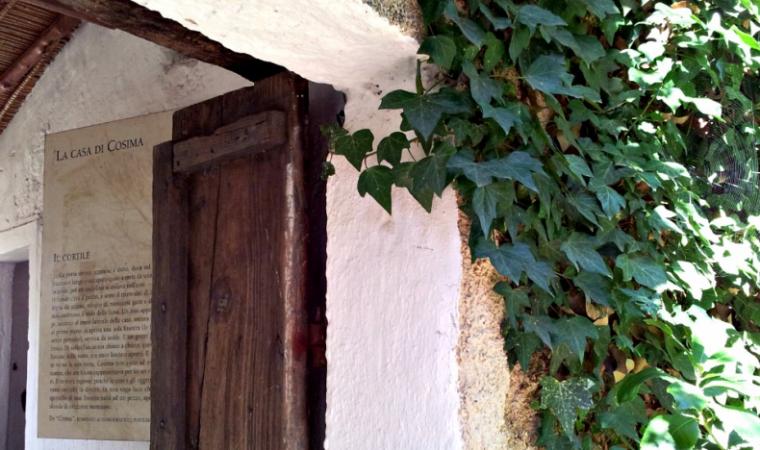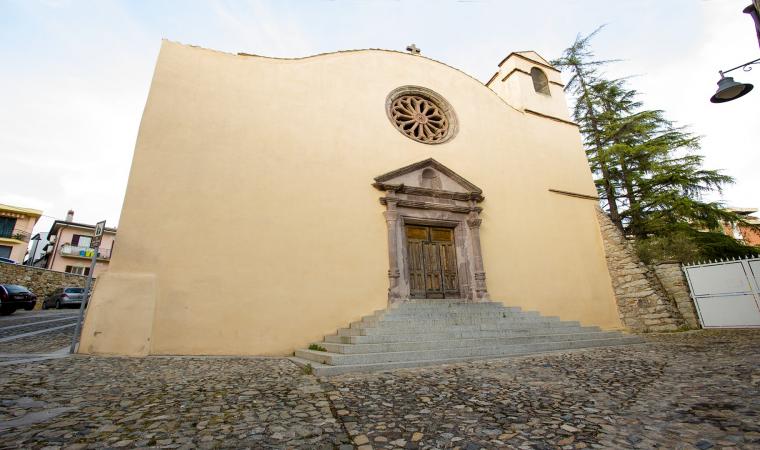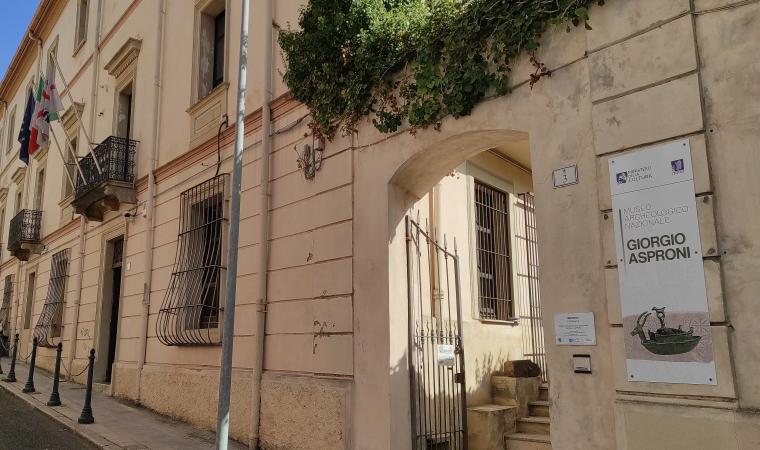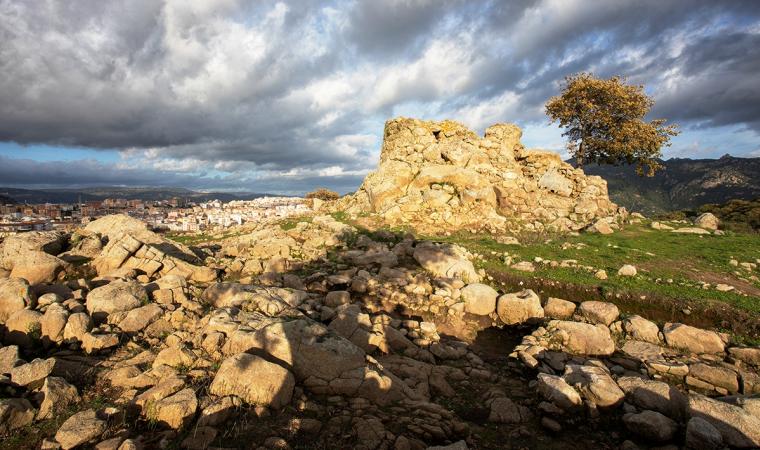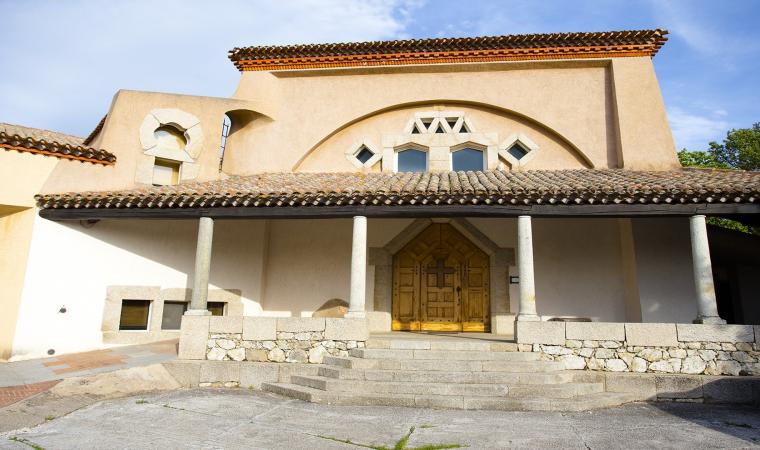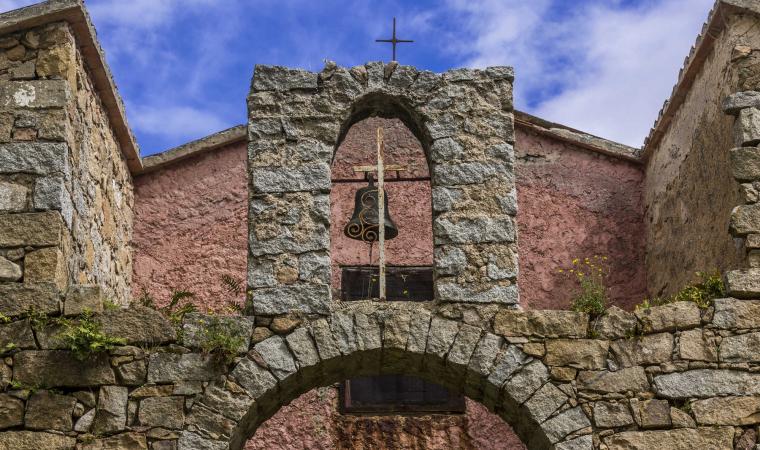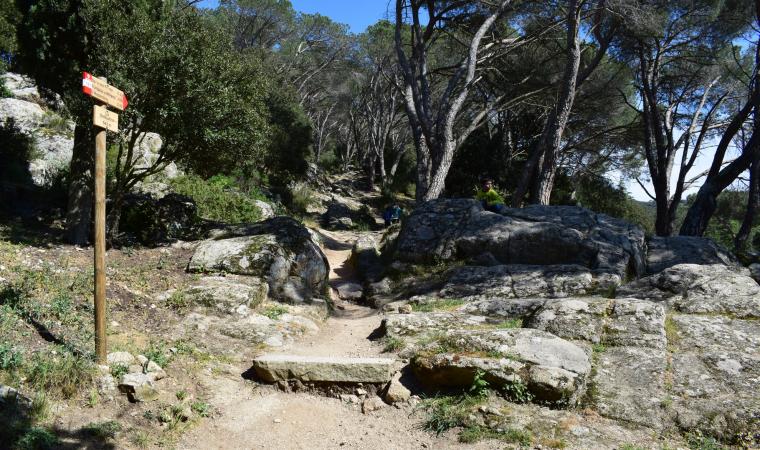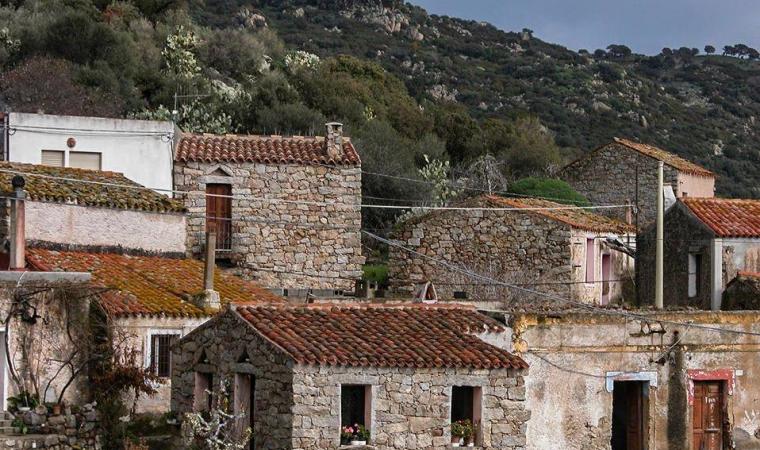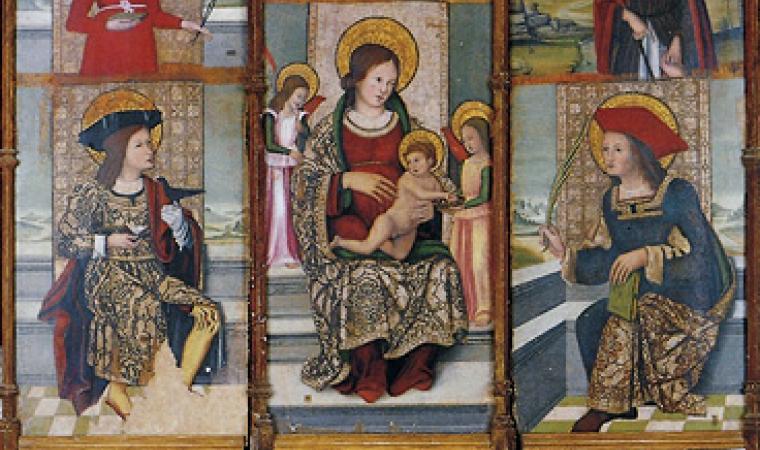It sits on a hill the locals call sa tanchitta, outside of the historic quarters of Seuna and santu Pedru, a place much loved by the Nobel author Grazia Deledda. Santa Maria della Neve was constructed over the old and smaller church of Santa Maria Maggiore, which Bishop Giovanni Maria Bua decided to rebuild because it was too small to function as a Cathedral when Nuoro was elevated in rank to seat of a diocese. Although he blessed the cornerstone in 1835, a variety of events slowed the work down and it took almost twenty years for the new cathedral to be completed. The majestic building dominates a huge piazza. Twin towers stand on either side of the main gable.
The façade has four monumental granite columns topped by Ionic capitals that hold up the entablature. The perspective is closed by a triangular gable with a Palladian touch the designer, a Friar from Sassari named Antonio Cano who died tragically during construction, was especially fond of. The outer flanks are characterized by the lovely lines of the apses of the side chapels.
Technically speaking there is only one nave. It has a barrel vaulted ceiling and wide windows let in plenty of sunlight that then creates lovely chiaroscuro effects. But the three chapels on each side, each with an apse and covered by a hemispheric vault, communicate with one another via tall arches and so the effect is that of three naves and a cross-shaped layout. The raised presbytery is distinguished by a highly geometric structure where white marble, multicoloured stone and golden garlands alternate.
The area’s artistic flair comes to life and the church becomes the spiritual centre of the entire region around Nuoro during the last week of July and until the 5th of August, when religious festivities bring together local parishes and lay brotherhoods with those from ten towns in the surrounding province for masses, novenas and processions, culminating on the last day with a popular celebration dedicated to Santa Maria della Neve.

